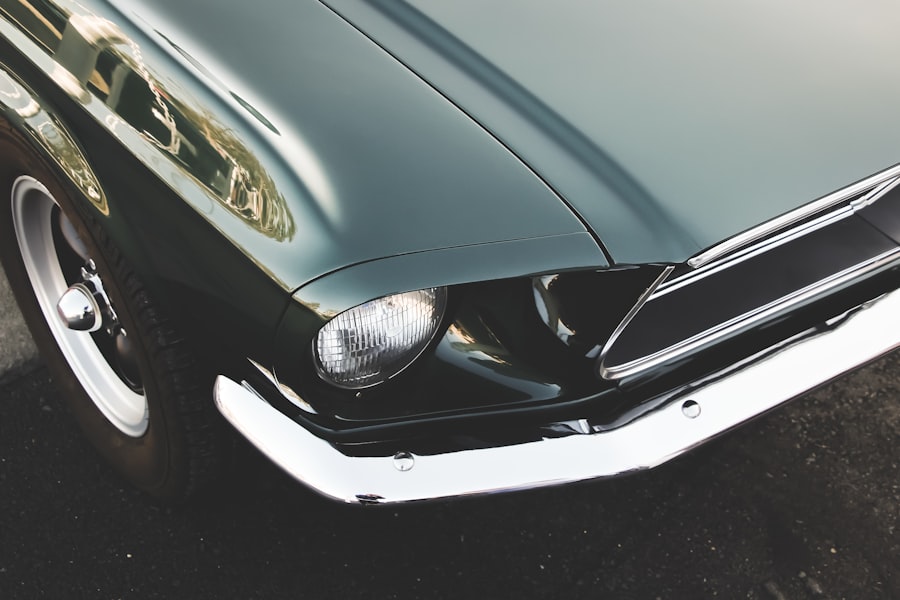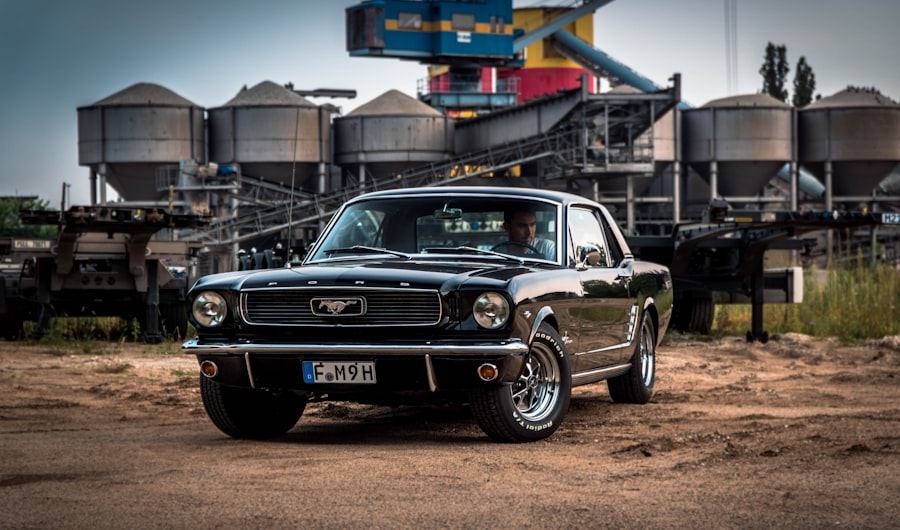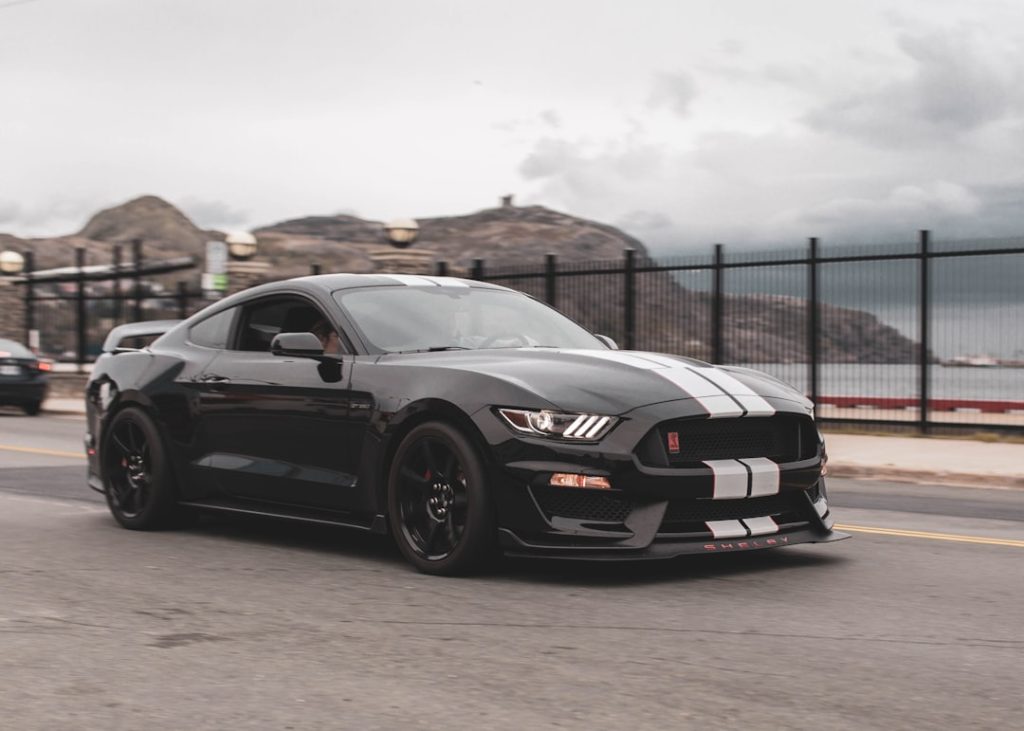The P-51 Mustang, an iconic fighter aircraft of World War II, has a rich history that began in the early 1940s. Originally conceived by North American Aviation in response to a British request for a new fighter, the Mustang was designed in a remarkably short time frame. The British Air Ministry sought a modern aircraft that could outperform the existing fighters of the time, and North American Aviation’s chief designer, Edgar Schmued, took on the challenge.
The first prototype, designated NA-73X, took to the skies on October 26, 1940. This initial flight marked the beginning of a journey that would see the P-51 evolve into one of the most celebrated aircraft in military history. The early models of the Mustang were powered by the Allison V-1710 engine, which provided decent performance at lower altitudes but struggled at higher elevations.
However, it was the introduction of the Rolls-Royce Merlin engine that transformed the P-51 into a formidable adversary. This engine significantly enhanced its performance, allowing it to reach altitudes and speeds that were previously unattainable for the aircraft. The combination of speed, range, and agility made the P-51 Mustang a game-changer in aerial combat.
By 1944, it had become a staple of the United States Army Air Forces (USAAF), and its reputation as a top-tier fighter was firmly established.
Key Takeaways
- The P-51 Mustang was designed in response to a British request for a long-range fighter aircraft and became one of the most successful and iconic fighter planes of World War II.
- The P-51 Mustang was known for its speed, maneuverability, and long-range capabilities, making it a formidable force in air combat during World War II.
- The P-51 Mustang played a crucial role in escorting bombers over Europe, helping to establish air superiority and turning the tide of the war in favor of the Allies.
- The P-51 Mustang had a significant impact on air superiority, as its long-range capabilities allowed it to escort bombers deep into enemy territory and engage in dogfights with enemy aircraft.
- The legacy of the P-51 Mustang in aviation is enduring, as it is still celebrated for its role in World War II and its impact on air combat.
The Design and Features of the P-51 Mustang
The design of the P-51 Mustang is often lauded for its innovative features and aerodynamic efficiency. One of its most distinctive characteristics is its long fuselage and short wingspan, which contributed to its exceptional speed and maneuverability. The aircraft’s sleek lines were not merely aesthetic; they were a result of extensive wind tunnel testing that aimed to minimize drag and maximize performance.
The P-51’s laminar flow wing design allowed for smoother airflow over the wing surface, reducing turbulence and enhancing lift at high speeds. In terms of armament, the P-51 Mustang was equipped with six .50 caliber M2 Browning machine guns, strategically placed in the wings to provide a wide field of fire. This firepower was complemented by the aircraft’s ability to carry bombs and rockets, making it versatile for various combat roles beyond air superiority.
The cockpit was designed with pilot ergonomics in mind, featuring a bubble canopy that provided excellent visibility and improved situational awareness during dogfights. Additionally, the P-51’s range was significantly enhanced by its large fuel capacity, allowing it to escort bombers deep into enemy territory without compromising its operational effectiveness.
The Role of the P-51 Mustang in World War II

During World War II, the P-51 Mustang played a pivotal role in achieving air superiority for Allied forces. Its primary mission was to escort heavy bombers on long-range missions over Europe, where they faced formidable opposition from German fighters. The introduction of the Mustang allowed bomber crews to operate with greater confidence, knowing they had reliable protection against enemy interceptors.
This shift in air strategy was crucial in ensuring the success of bombing campaigns aimed at crippling German industrial capabilities. The P-51’s operational debut came during the Allied bombing raids over Germany in 1943. Initially, American bombers suffered heavy losses due to inadequate fighter protection.
However, with the P-51 escorting them, these losses dramatically decreased. The Mustangs not only engaged enemy fighters but also targeted ground installations and infrastructure, contributing to the overall war effort. Notably, during missions such as the Schweinfurt–Regensburg raid in August 1943, P-51s proved their worth by successfully defending bombers against aggressive Luftwaffe attacks.
The Impact of the P-51 Mustang on Air Superiority
| Metrics | Data |
|---|---|
| Top Speed | 437 mph (703 km/h) |
| Range | 1,650 miles (2,655 km) |
| Rate of Climb | 3,200 ft/min (16.3 m/s) |
| Armament | 6 x .50 caliber machine guns |
| Impact | Significantly improved air superiority for Allied forces during World War II |
The impact of the P-51 Mustang on air superiority cannot be overstated. Its combination of speed, range, and firepower allowed it to dominate the skies over Europe. By 1944, it had become clear that the Mustang was not just another fighter; it was a strategic asset that changed the dynamics of aerial warfare.
The aircraft’s ability to engage enemy fighters at high altitudes while maintaining superior performance made it a nightmare for German pilots. The psychological effect of the P-51 Mustang on enemy forces was significant as well. German pilots quickly learned to respect and fear this agile fighter that could outmaneuver them in dogfights.
The presence of Mustangs over European skies often deterred enemy attacks on Allied bombers, leading to increased success rates for bombing missions. This shift in air power dynamics contributed to the eventual defeat of Nazi Germany and underscored the importance of air superiority in modern warfare.
The Legacy of the P-51 Mustang in Aviation
The legacy of the P-51 Mustang extends far beyond its operational success during World War
It has become an enduring symbol of American aviation prowess and innovation. After the war, many Mustangs were repurposed for civilian use, including air racing and aerobatic performances. Their sleek design and powerful performance made them popular among aviation enthusiasts and collectors alike.
The aircraft’s storied history has been preserved through numerous restorations and displays in museums around the world.

Moreover, the P-51 Mustang has influenced subsequent generations of fighter aircraft design. Its emphasis on speed, range, and agility set a benchmark for future military aviation development. The principles established during its design phase continue to inform modern aerodynamics and engineering practices.
Additionally, its role in establishing air superiority has been studied extensively in military strategy courses, highlighting its significance as a case study in effective air combat tactics.
Flying the P-51 Mustang: Challenges and Rewards
Flying the P-51 Mustang is an experience that combines both challenges and rewards for pilots. The aircraft is known for its responsive controls and impressive performance characteristics; however, it also demands a high level of skill and discipline from its operator. Pilots must be adept at managing its powerful engine and understanding its flight dynamics to maximize performance during maneuvers.
One notable challenge is landing the P-51 Mustang due to its high landing speed and relatively narrow landing gear track. Pilots must be precise in their approach and landing techniques to avoid potential mishaps. Additionally, while flying at high speeds can be exhilarating, it requires constant vigilance and quick reflexes to respond to changing conditions in combat scenarios.
Despite these challenges, many pilots find flying the Mustang to be one of the most rewarding experiences in aviation history due to its rich heritage and unparalleled performance.
Restoring and Maintaining the P-51 Mustang
Restoring and maintaining a P-51 Mustang is a labor-intensive process that requires specialized knowledge and skills. Given that many Mustangs were built during World War II, finding original parts can be challenging; thus, restoration often involves fabricating components or sourcing them from other aircraft. Enthusiasts and restorers must have a deep understanding of both historical accuracy and modern aviation standards to ensure that these aircraft remain airworthy while preserving their authenticity.
The maintenance of a P-51 is equally demanding; regular inspections are crucial to ensure safety and performance standards are met. This includes checking engine components, fuel systems, and structural integrity. Many owners participate in dedicated communities where they share resources and knowledge about best practices for maintaining these historic aircraft.
Events such as airshows often feature restored Mustangs flying alongside modern aircraft, showcasing their enduring legacy while highlighting the dedication required to keep them operational.
The Future of the P-51 Mustang: Preserving its Legacy
As we look toward the future, preserving the legacy of the P-51 Mustang remains a priority for aviation enthusiasts and historians alike. Organizations dedicated to historical preservation work tirelessly to ensure that these aircraft are maintained in flying condition while also educating new generations about their significance in aviation history. Museums often host exhibits featuring Mustangs alongside educational programs that delve into their impact on World War II and military aviation.
Moreover, as technology advances, there is an ongoing discussion about how best to preserve these historic aircraft while integrating modern safety features without compromising their authenticity. The balance between maintaining historical integrity and ensuring safety is delicate but essential for future generations to appreciate this remarkable piece of aviation history. Events like airshows not only celebrate the P-51 but also serve as platforms for raising awareness about preservation efforts, ensuring that this legendary fighter continues to inspire awe for years to come.


